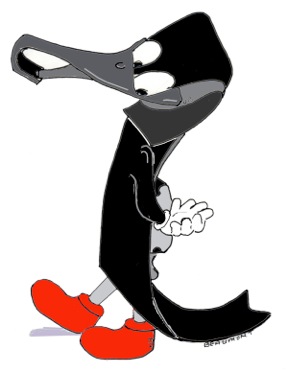I was recently asked whether our SRN Fact Sheets were updated to reflect the recent changes to FMVSS 213. While I assured the customer that we had reviewed all sheets and made any edits needed, I also noted that the changes were minor. Our fact sheets are meant to provide caregivers with easy-to-read information about best practice, so technical details about subjects like regulations are not appropriate and would in fact detract from the key safety messages.
However, this hints at broader questions that others might share: What do caregivers need to know about the recent update to LATCH weight limits and CR labeling? And, exactly how should our parent information be changed so it’s current?
Read More from “One More Note on LATCH Weight Limits: What Do We Tell the Folks?”

